The Manhattan Project & Peace Memorial Museum
Published by CamDarling on
The Atom Bomb. Mankind’s most destructive creation. The result of an arms race against the Germans and the last weapon used to defeat the Japanese in World War 2. Two atom bombs: Little Boy and Fat Man were developed by a team of scientists from Europe and North America. This was the most secretive weapon development project in human history, and the beginning of the age of nuclear weapons.
This article is part 2 of Hiroshima Peace Memorial Park & A-Bomb Dome. At the rear of the park is the Hiroshima Peace Memorial Museum that has emotionally powerful exhibits on the atom bombs and the destruction of Hiroshima. I’ll let J. Robert Oppenheimer in the video below express the significance of these weapons and the powers mankind had learned to use. Included in this article are many links to books, podcasts and documentaries you may find useful on your own journey into the moral darkness of atomic weapons, war and the ultimate result of immense human suffering.
Hiroshima Peace Memorial Museum
- Hours: 8:30 am to 6:00 pm – Varies a little by month
- Fee: 200 Yen ($1.80 USD) per Adult.
- Services: Virtual Museum
The museum hours are extended to 7:00 pm in August and it is very busy! I visited on the afternoon of August 5th, the day before the memorial ceremony on August 6th held in the Peace Memorial Park, just outside the museum. Please be courteous to the other visitors – If you are tall or a little heavy, don’t stand just a foot in front of the exhibits as it can take some time to read the explanations. Step back a few feet so everyone can read too.
The Main section of the museum is under renovation until 2019. Some of the key exhibits were moved to the East Wing which remains open. Unfortunately, many of the special exhibits are only available online at the Virtual Museum.
The History of the Museum
In 1949, the Japanese passed a law allowing for the construction of a Peace Memorial in Hiroshima City. By 1952, it would be decided that the Peace Memorial Hall, Museum, Cenotaph and city Auditorium would be constructed in the Peace Memorial Park near the center of the atom bomb blast.
In 1955, construction began on the Peace Memorial Museum. An association of volunteers collected materials from the Atom Bomb blast, this group later became the “A-bomb Materials Preservation Association”. Volunteer groups like this is very common in Japan.
The museum was designed by architect Kenzo Tange who would later win a Pritzker Prize for architecture in 1987. The museum was actually started with a design competition that Mr. Tange won with his modernist style. Oddly, Mr. Tange designed his own home a few years earlier with a remarkably similar style to the museum.
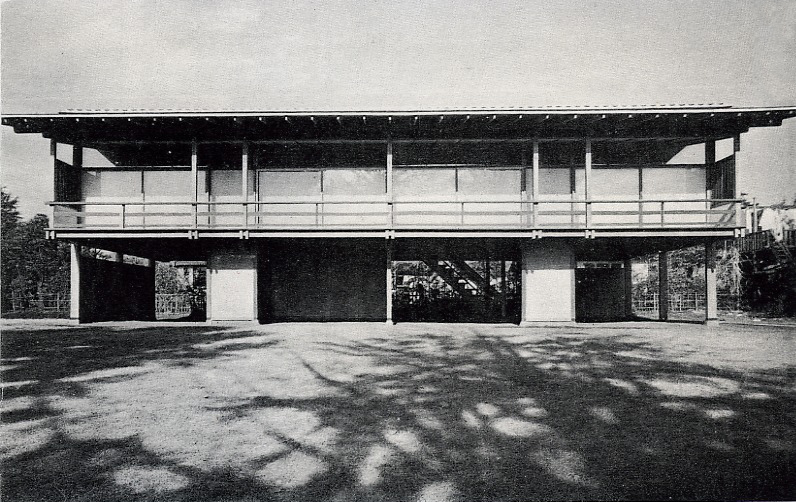
The Nuclear Tricycle
There are so many inspiring and emotionally devastating items on exhibit at the Peace Memorial Museum. I won’t spoil them for you as it’s an emotional journey best experienced in the moment, on site.
However, one of the most famous items you’ve probably heard of is Shin’s Tricycle. A three year old boy and his friend Kimoko were playing outside on the morning of August 6th 1945. At 8:15 a flash occurred and the world lost these small children to the destruction of the nuclear bomb “Little Boy”. Shin, Kimiko and Shin’s two sisters were buried alive. When Shin’s father rushed to pull him from the debris that was their home just moment earlier, Shin was found still holding the handle bars of his tricycle and would died later that evening.
The tricycle on display was found 41 years later when the burial ground of Shin was excavated. The item was donated to the Peace Memorial Museum. A book was published in 1992 in Japanese and in 1995 in English called “Shin’s Tricycle”. The author Tatsuhara, Kodama wrote the children’s picture book and Shin’s story from his father’s point of view (Nobuo Tetsutani). In the story, when the graves of Shin and Kimiko were excavated for a proper burial service, the two corpses were found holding hands.
Books, Podcasts & Documentaries
The history of Hiroshima is vast, I can’t possibly explain it all nor would I want to. Documentaries, books and podcasts were made for your enjoyment! I’ll do what I can to share what I liked. I’m always interest in finding more so please leave a comment if you have something I haven’t listed!
I’ve divided the documentaries into three sections to make it a little easier. One on the war in Japan, another on the invention of the Atom Bomb and lastly on the after effects post 1945. But First, let me say that a lot of the information officially released in the 1940s and 1950s was heavily censored or pure propaganda. So think critically of what you hear, for example let me show you the 1943 Looney Tunes episode on the Japanese.
American Air Raids & Dropping the Atom Bomb
- The Last Bomb – Smithsonian Channel (Youtube)
- Air Force Story – 1944 to 1945 (Youtube)
- Hiroshima 24 Hours After (Youtube)
- Hiroshima: The Real History (2015 Netflix)
- The Atomic Bombing of Hiroshima & Nagasaki – The Dangerous History Podcast
- Harry Truman’s Report to the Nation: Dropping the Atomic Bomb (audio clip)
The Manhattan Project
- A Moment in Time: The Manhattan Project (Youtube)
- The World’s First Atomic Bomb – The Manhattan Project (Youtube)
- The Bomb (2015) – Movie
- The Day After Trinity (1981) – Movie (Youtube)
- Day One (1989) – Movie
- Fat Man & Little Boy (1989) – Movie (Also known as “Shadow Makers”)
- Critical Mass: America’s Race to build the atomic bomb (1996)
70 Years Later – Science & Stories
The Manhattan Project
In 1941, American President Franklin D. Roosevelt approved a program to begin the development of an atomic bomb weapon.
By June 1942, the US Army began setting up the Manhattan Engineer District to take over the work from the academics. Scientists from Europe, Canada and within the United States would be collected to begin the development of the nuclear age. The most influential scientific project in the history of the world began with math, theories in physics and the fear that Hitler would unlock the potential of nuclear weapons first.
The first test was the “Trinity Test” in Socorro, New Mexico on July 16th 1945.
The atomic bombs were not made for Japan. They were funded out of fear that the world’s most dangerous enemy: Nazi Germany, would hold the world hostage with weapons of mass destruction. The Manhattan Project was the American response to save western civilization.
Two kinds of nuclear weapons were developed. One type was the Atom Bomb “Little Boy” which was dropped on Hiroshima on August 6th, the other type was “Fat Man” 30% more powerful was dropped on Nagasaki on August 9th 1945. The project continued after the war with tests in Bikini Atoll in the pacific. President Harry Truman would eventually sign the Atomic Energy Act of 1946 transferring the research and production to the US Atomic Energy Commission in 1947.
Why use the Atomic Bombs? The Ultimate Question
There are many arguments that have lingered since the first use of the Atmoc Bombs in Japan. Why did the US choose to drop the bombs, and why then? The reason of “where” has been well-recorded… But the “Why” is far more questionable.
Arguments that the US had to use atomic bombs on Japan to justify the cost of the Manhattan Project research and development is ridiculous. The US government spent 3 billion in the 1940s on manufacturing B-29 bombers. They spent less on the Manhattan Project. Billions to save the world from Hitler’s fascist ideology and save western way of life and freedoms, that’s pretty cheap. Let’s not forget that other allied Nation’s were heavily indebted to the US by 1945. The American’s didn’t enter the War until after Pearl Harbor in 1941, more than 2 years after Hitler’s invasion of Poland in 1939. The US was a National arms factory for Europe and profited greatly from it.
The other argument you hear a lot is that atom bombs were necessary to end the war. This is also ridiculous, by August 1945 the German’s were defeated. The Japanese had lost 1 Million Men in the pacific to 100,000 American casualties. On August 8th, the Russians declared war on Japan. The empire of Japan stood alone against allied forces and was already badly beaten. What I found most interesting was the theory that the Americans did not want Russia in the pacific war, so they needed to end the war quickly.
Contrary to what Americans are taught in schools, the war in Europe was won on the deaths of 8.6 million Soviet Soldiers on the eastern front. In 2003 research suggest the death total in Russia was as high as 26.6 million. Compared to 416,000 American deaths in World War 2 in Europe and the Pacific. Russian’s raced to Berlin to end the war, with two generals competing to get there first. It is widely accepted that without Russia, Germany would have won western Europe.
American’s did not want Russia to begin a land invasion of Japan and continue spreading communist influence. An American land invasion of Japan would take years and be very costly in terms of the loss of life to both sides. From this we get the narrative that the bombing saves thousands of lives that would have otherwise been lost from a two front land invasion by Russian and the United States.
Imagine if Japan had been occupied by Russia like eastern Europe. Japan would have been under Soviet rule for generations. After the atom bombs, post world war 2, Japan adopted a democratic government and flourished as a modern capitalist economy and technology hub throughout the 1970s and 1980s. Today, where Germany is the strongest economy in Europe, Japan is by far the most modern economy in Asia and far superior to Russia and Eastern European countries.
The morality around the use of the Atom Bombs is incredibly complex. I’m not nearly smart or wise enough to argue either side. But I have linked to a lot of information in this article for your education. I highly encourage a visit to the Atomic Bomb Museum in Hiroshima.
Witness BBC Audio on the Manhattan Project
J. Robert Oppenheimer
Julius Robert Oppenheimer “One of The Fathers of the Atom Bomb” was an american theoretical physicist. He was the head of the Los Alamos Laboratory in New Mexico, part of the top secret Manhattan Project and where the Fat Man atom bomb was developed.
The story of this man’s life is extraordinary. He was a 1 in a Million Man, born with an incredible intellectual mind. Oppenheimer spoke 6 languages, loved french poetry and had a mind for science in physics that laid the foundations for future academics. This is a man who obtained his Doctorate in Philosophy at age 23 and by the age of 25 had a fellowship position at Caltech and Harvard at the same time.
Oppenheimer’s brilliant mind and work in theoretical physics made him essential to the development of the Manhattan Project and the world’s first atomic weapon. But what many don’t know is that Oppenheimer was a supporter of communism groups.
Although having no idea about global affairs in his youth, Oppenheimer would develop political ideologies in the 1930s and become a left-wing supporter. Despite his known political affiliations, Oppenheimer was so essential that he was given clearance to lead the Manhattan Project’s secret weapons laboratory under General Leslie R. Groves.
Oppenheimer’s communist belief would later become his undoing in American academia and politics as the world entered the Cold-War Era and sympathizers to communist were rooted out and shunned. But his contributions to the world in science and his infamy as the directors of weapons development will never be forgotten.
Other Documentaries & Books
There were two more things that I wanted to include in this article: 1) Franck Report which was censored by the US military (or at least redacted) and 2) the US Atomic Bomb Casualty Commission set up in 1946. I didn’t have time to read up on everything that I wanted.
I really recommend the podcasts from Hardcore History and the Documentaries following the events of the bombing. The morality of the use of the atom bombs is seriously outside my scope, you’ll certainly have your own feelings about it. But I do reject the silly arguments that the bombs were necessary to win the war or any financial reasons. It’s just silly, we all know that geopolitical rivalries and differences in ideologies are far more important that budget deficits, especially during war time. Ultimately, Hiroshima and Nagasaki suffered greatly. Had they not dropped the bombs, who is to say how many lives would have been lost until a end to hostilities was negotiated. We will never know.
The days of using atomic bombs against an enemy that cannot retaliate with Nuclear Weapons is over. What caused Japan to surrender unconditionally will never happen again. Nuclear dis-armament is ideal but sadly life isn’t idyllic. 72 years later. we are 2 minutes to midnight on the doomsday clock.
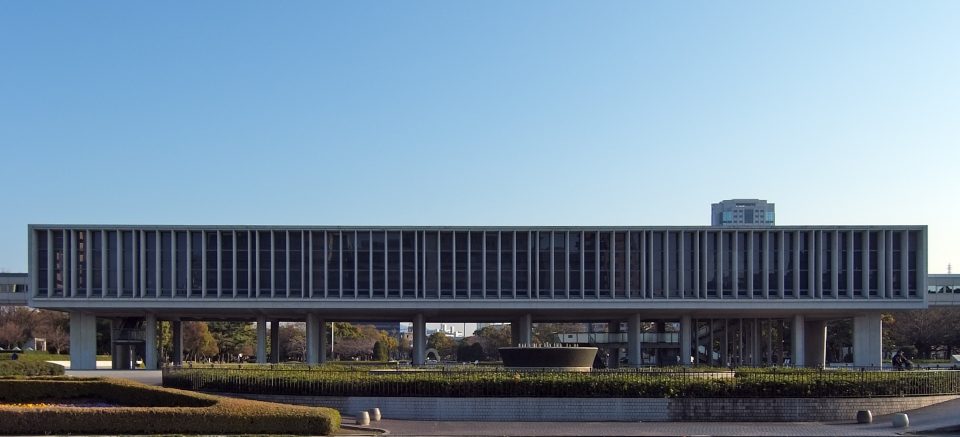

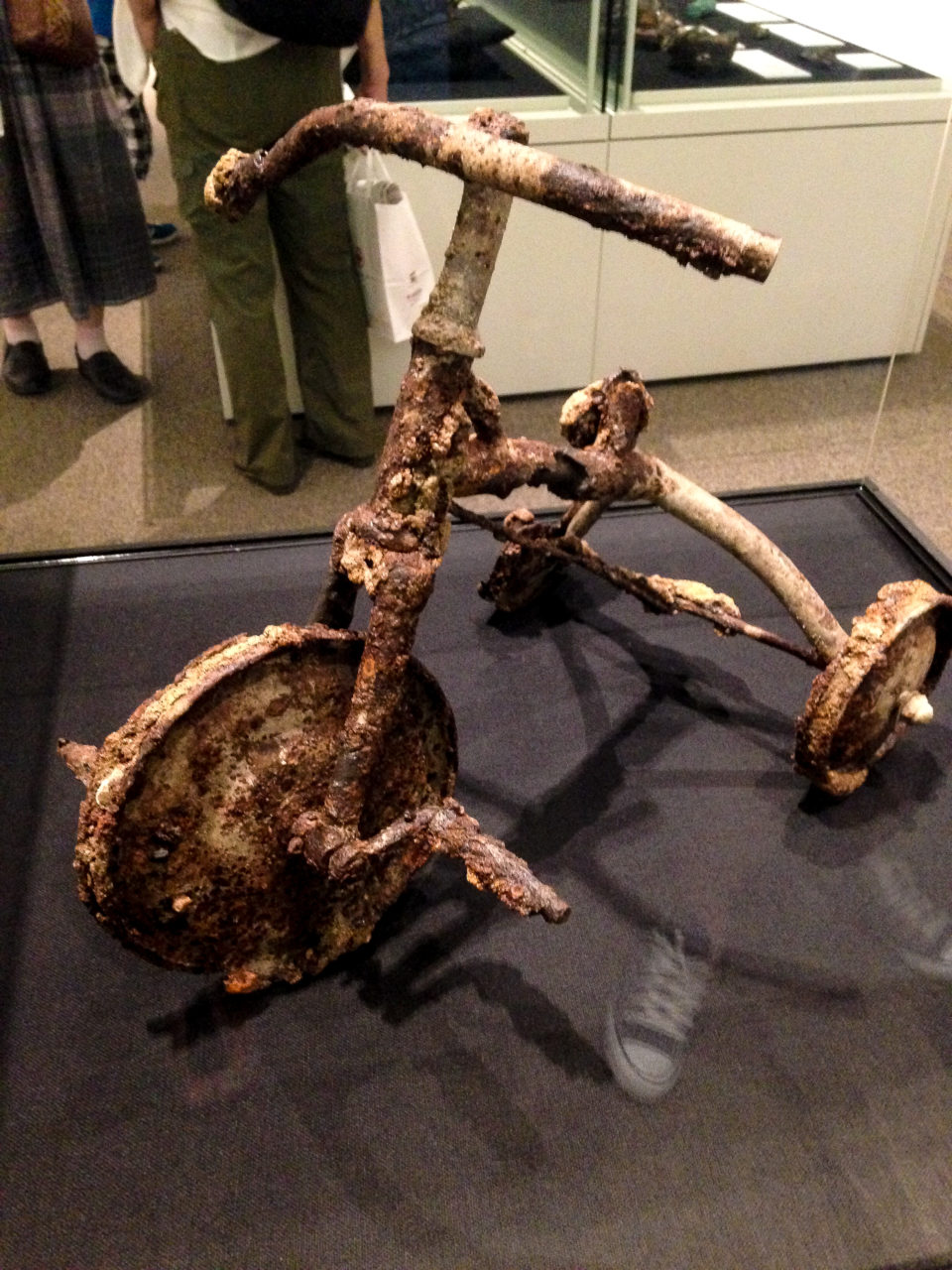
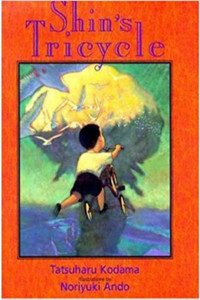


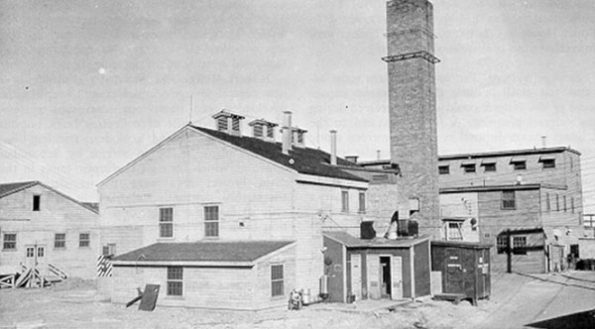
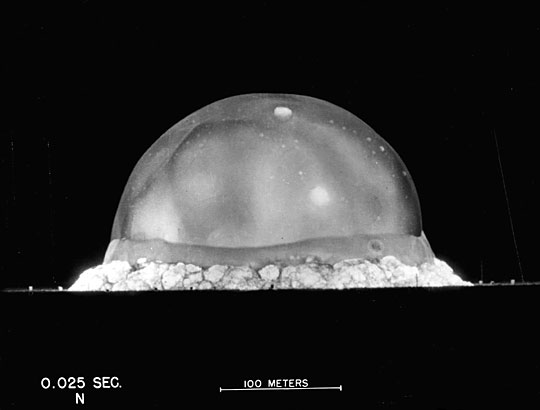
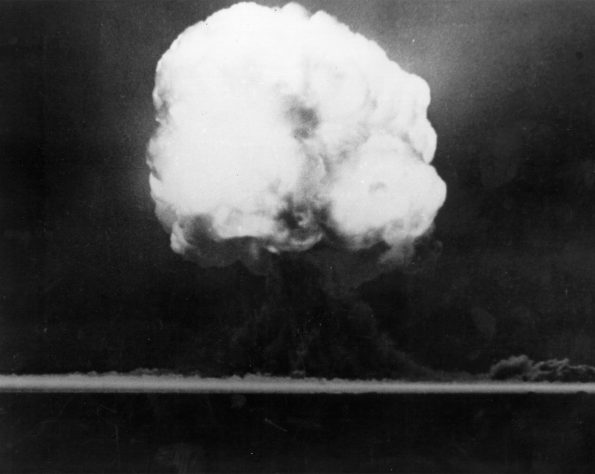
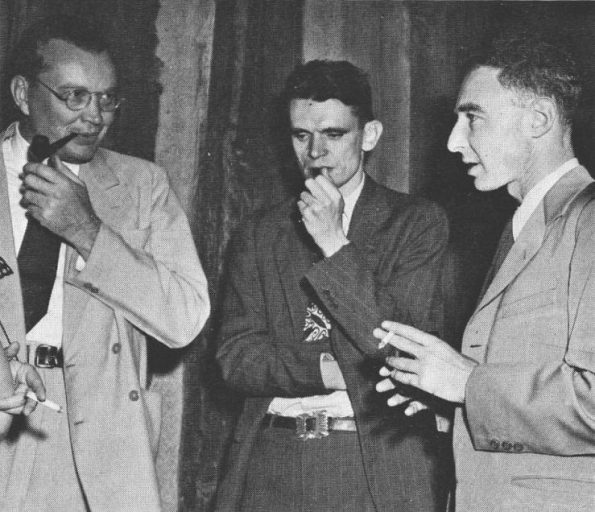
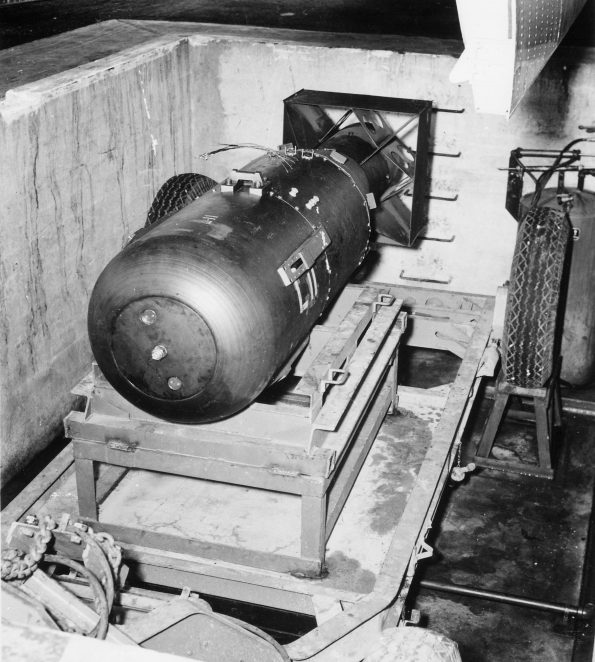
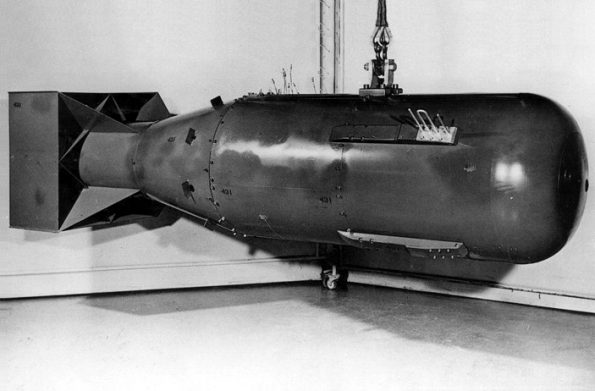
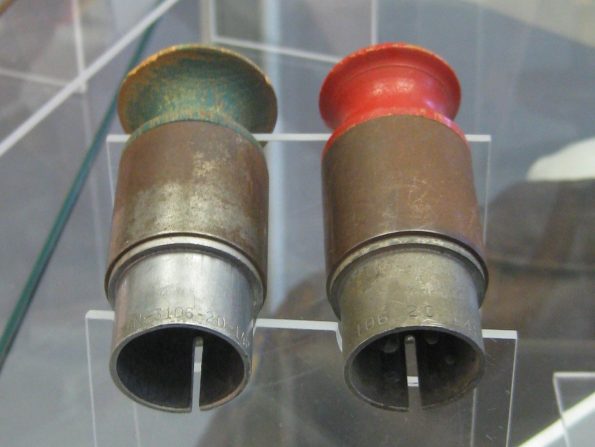
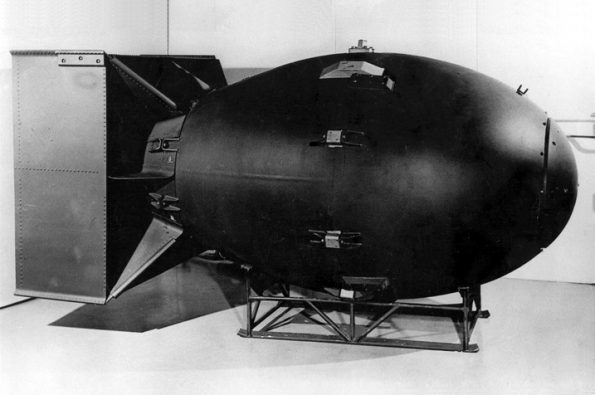
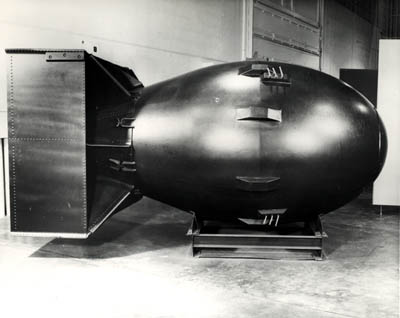


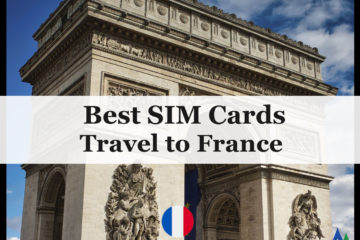
0 Comments